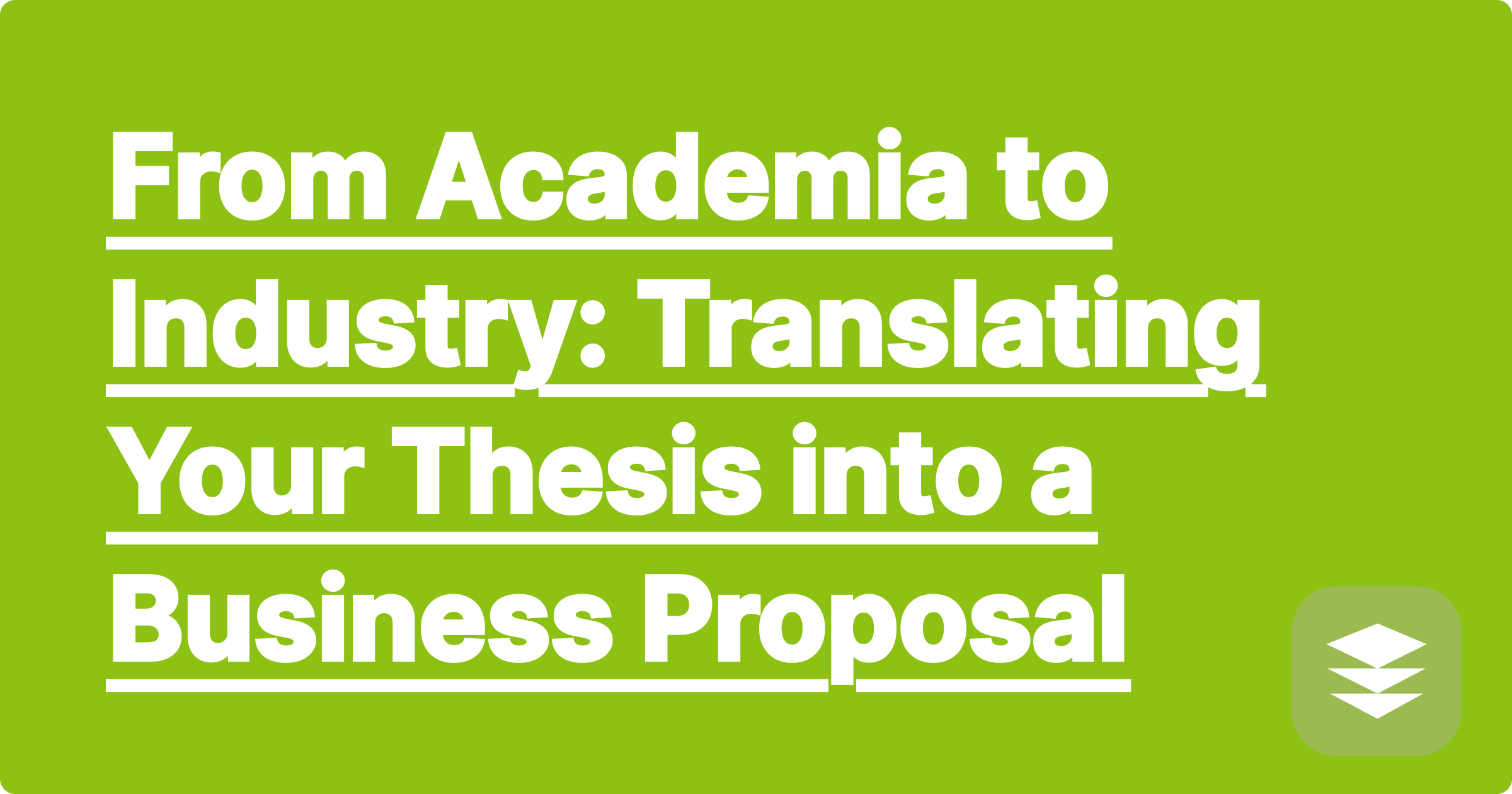
You've just spent years on your senior thesis or graduate research. You've created a brilliant piece of academic work—it's rigorous, well-researched, and technically sound. But when you try to explain it to someone outside of academia, their eyes glaze over. The language is too dense, the focus is too narrow. You know there's a real-world application for your work, but you struggle with the "so what?" problem. How do you translate your deep technical knowledge into a compelling business idea?
Writing a business plan is a completely different skill than writing a thesis. You need to switch from a mindset of academic rigor to one of market value. The challenge is translating your research into a new language.
This translation process can be daunting. But an AI assistant can be your perfect guide.
You can use a tool like GPAI Cheatsheet to deconstruct your thesis and rebuild it as a business proposal.
Start by uploading your entire thesis or research paper PDF into GPAI Cheatsheet. This document is your "source code."
Now, prompt the AI using business language.
[Image: An icon of a dense academic paper on the left, an arrow pointing to a GPAI icon in the middle, and a clean, modern business plan document on the right. Alt-text: A graphic showing the process of turning a thesis to a business plan with AI.]
The AI will generate "Knowledge Blocks" for each of these prompts. Now, use the cheatsheet builder to assemble your first draft. Create headings like "1. The Problem," "2. Our Solution," "3. Target Market," and "4. Competitive Landscape," and paste the AI-generated text under each. You have just created the core narrative of your business proposal.
Once you have the structure, you can use the GPAI Solver for basic financial modeling.
This process helps you look at your own work through a new lens. It forces you to think about the commercial applications and the value proposition of your research. A note taker like the GPAI Cheatsheet allows you to keep track of these new ideas as you develop them. You're not just preparing a document; you're developing an entrepreneurial mindset.
A: It can create a surprisingly strong first draft. It excels at organizing the information and translating the academic language. However, a compelling business plan requires your personal story, your passion, and your specific vision. You should use the AI's output as a powerful foundation and then inject your own unique insights and voice.
A: Even the most theoretical research has underlying assumptions or solves a particular type of problem. You can ask the AI, "What are the potential, long-term real-world applications of this theoretical concept?" This can be a powerful brainstorming tool for finding the commercial angle you might have missed.
Your thesis is more than just a requirement for graduation; it's a deep-dive into a specific problem. By using AI to help you translate that academic work into the language of business and industry, you can unlock its hidden commercial potential and take the first step on your journey from researcher to innovator.
[Discover the business potential of your research. Use the GPAI Suite to translate your thesis today. Sign up for 100 free credits.]
Your First 90 Days as a Junior Engineer: How AI Can Be Your Mentor
How to Prepare for a Technical Interview Using Only Your Own Course Notes
The 'Lazy' Way to Write Weekly Progress Reports for Your Boss
From Academia to Industry: Translating Your Thesis into a Business Proposal
How to Learn a New Programming Language in a Weekend with an AI Coach
Using a Chemistry Solver to Create the Perfect Cocktail Recipe
The Physics of Fantasy Football: Using an AI to Analyze Player Stats
Designing a Video Game Level with a Topology Homework Assistant
Can an AI Notetaker Summarize a Beethoven Symphony? An Experiment in Music Theory
The Algorithm of Storytelling: Using AI to Deconstruct a Blockbuster Movie